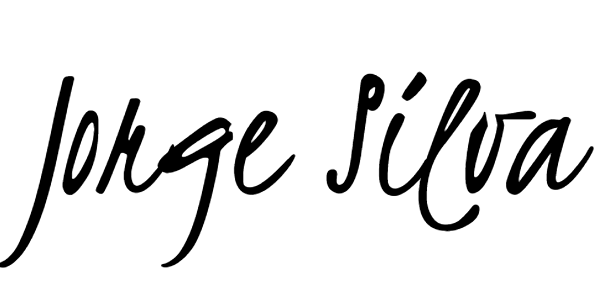- Galeria Local Newsletter
- Posts
- Issue 5: After the Visit: Memory, Transcendence, and a new project
Issue 5: After the Visit: Memory, Transcendence, and a new project
Reflections on Visita Guiada, a new essay on photography’s role in culture, and the first signs of Arcadia
GALERIA LOCAL
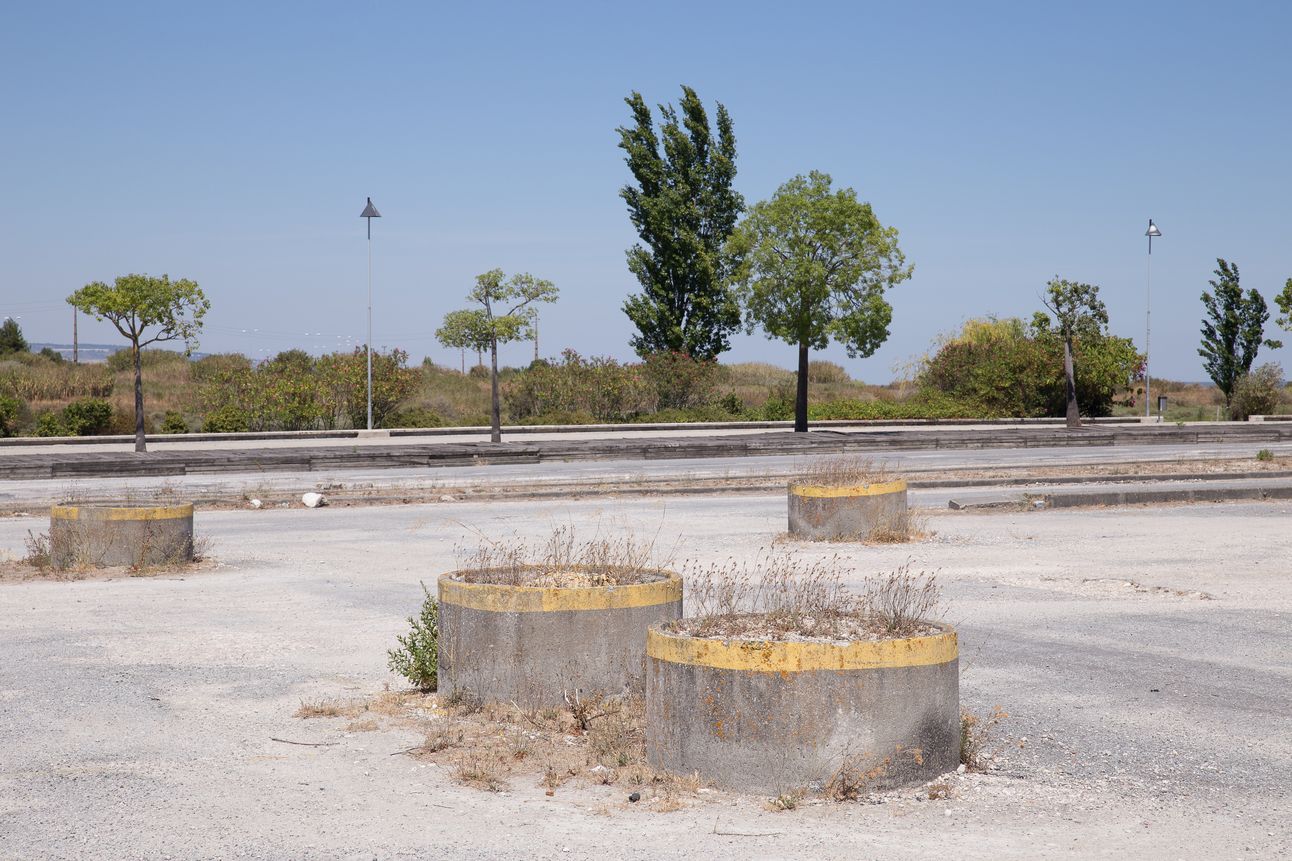
Welcome — A Closing, and a Beginning
Dear Reader, On Sunday, 8 June, Visita Guiada reached its final public moment. After five encounters — from the inaugural exhibition in 2019 to the finissage just two days ago — the project now comes to rest. Across exhibitions, a book, and this newsletter, it slowly unfolded as a space for quiet memory, guided looking, and sustained reflection. This issue marks a turning point. In Narrative Layers, I look back at the arc of Visita Guiada to reflect on the practice of presence: showing up, holding space, and nurturing a relationship with images over time. For those who could not attend in person, the photobook remains as a distilled and tactile trace of that journey. We also return to broader questions. The featured essay, The Role of Transcendence in Photography, reflects on silence, spiritual tension, and photographic seeing, drawing from Telesio, Jordan Peterson, and the ongoing dialogue between reason, faith, and image-making. It’s both a standalone reflection and a conceptual bridge to what’s coming next. | Because if Visita Guiada looked inward — toward memory, intimacy, and the personal archive — Arcadia looks outward: to gardens, public space, and the cultivated landscapes we build, frame, and resist. You’ll find a first glimpse of that new work at the end of this issue. Finally, a small gesture of thanks: Warmly, 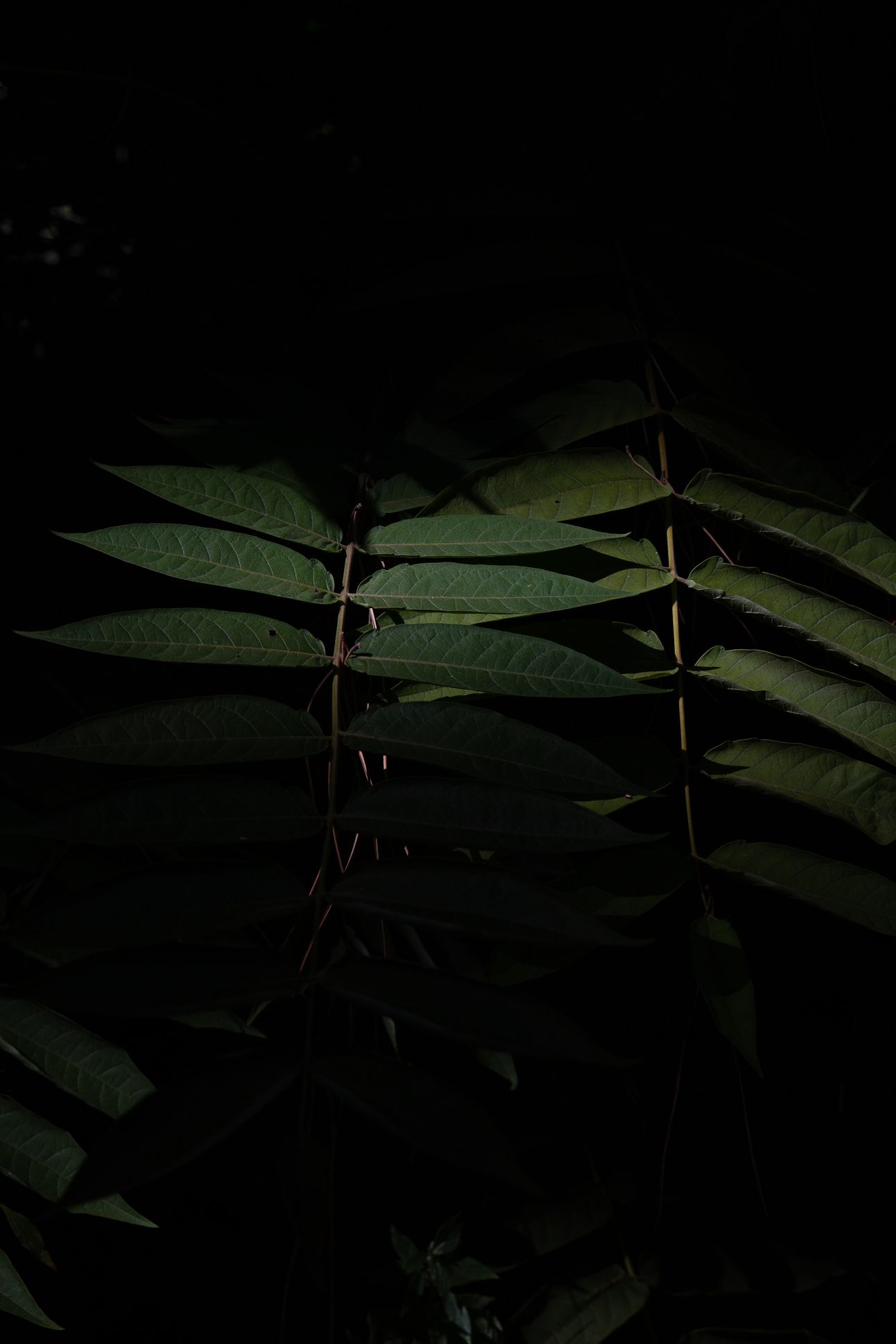 |
Essay
THE ROLE OF TRANSCENDENCE IN PHOTOGRAPHY
Bernardino Telesio, considered a precursor to scientific thought, proposed groundbreaking ideas that laid the foundation for future luminaries like Galileo. Central to Telesio's philosophy was the notion that heat and cold were the primary factors driving creation in the universe, a realm defined by the interplay between the sun and Earth. He postulated that the heat emanating from the sun expands matter, enabling movement, particularly in animals. This movement, Telesio asserted, was motivated by the innate pursuit of pleasure and avoidance of pain – key elements in the quest for survival.
While often heralded as the "father of science," a title suggesting the autonomy of scientific inquiry from religious doctrine, Telesio also conceived of God as a unifying, indispensable force that safeguarded both humanity and the universe. This duality highlights the enduring role of religion in shaping human culture and thought for millennia. While the Church has historically been a custodian of culture, safeguarding and preserving it, it has paradoxically also played the role of a gatekeeper, at times hindering a more permeable exchange of ideas. This tension between religious dogma and open inquiry is arguably related to what contemporary thinkers like Jordan Peterson warn about. Alluding to Nietzsche's "death of God," Peterson argues that the absence of a monotheistic religious foundation in society can pave the way for the rise of a multitude of "false gods." This assertion seems to caution against the contemporary trend of dismissing the transcendent in favor of science, objectivity, and rationality. However, one could counter that while there is undoubtedly a need for integrated views encompassing transcendent experiences, no single institution should hold a monopoly on such perspectives.
Photography, as a medium, resists monopoly. It is porous. It welcomes multiplicity and contradiction. Its democratization has led to an influx of banal imagery, yes—but also a flowering of perspectives once invisible. If there is a unifying idea that can be derived from photography's language and method, it might be the act of continuous observation and the expanded consciousness of context as the basis for informed dialogue.
Nowadays, culture is often subsidized by governments or corporate marketing, but there is also a true market for artworks, with painting seemingly dominating over photography, especially at the high end art world. With everyone potentially turned into a photographer due to the ubiquity of smartphone cameras, the photography market has become saturated with new works, leading to fierce competition for gallery representation and public display spaces - the latter being primarily dominated by advertising and political imagery. The very concept of what constitutes a photograph is currently under scrutiny as new mediums like video, virtual reality, and generated imagery gain attention.
However, the saturation of the medium and the ongoing scrutiny of photography’s definition may paradoxically constitute evidence of its enduring cultural value. Photography remains uniquely positioned among the arts: it is a medium of synthesis. Unlike video or other narrative forms, it does not unfold in time—it condenses. A single image can offer immediate access to complexity, inviting reflection on what is simultaneous, layered, and even fragmented. Through the sequencing of just a few photographs, it can represent time non-linearly, space discontinuously, and meaning in an evocative, open-ended way. More importantly, photography’s capacity to transcend the temporal and spatial constraints intrinsic to its subject matter positions it as a messenger of slower, more contemplative times. This transcendent quality is expressed through the interplay of perspective, narrative, and perhaps most significantly, silence—arguably the most transcendent element of all.
Narrative Layers
In this edition of Narrative Layers, I revisit Visita Guiada one final time to reflect on its evolution over three years, from 2016 to 2019. From the inaugural exhibition on 22 September 2019 to last Sunday’s gathering on 8 June 2025, it grew through images, encounters, and printed pages. A personal exploration of memory became a public gesture, weaving places, gestures, and presences that linger. This issue looks back at what unfolded and invites those following from afar to connect anew.
VISITA GUIADA - A living Memory
On 8 June 2025, Visita Guiada concluded with a final gathering, closing a project that unfolded from 2016 to 2019. From its inaugural exhibition on 22 September 2019 to last Sunday’s event, it evolved through images, encounters, and printed pages. A personal exploration of memory grew into a public gesture, weaving places, gestures, and presences that linger. This Narrative Layers issue reflects on what unfolded and invites those following from afar to connect anew.
The project unfolded across five defining moments:
The inaugural exhibition (22 September 2019)
A book launch at Galeria Santa Maria Maior, Lisbon (June 2022)
Two intimate editions at Galeria Local (February & April 2025)
And, finally, last sunday’s closing gathering
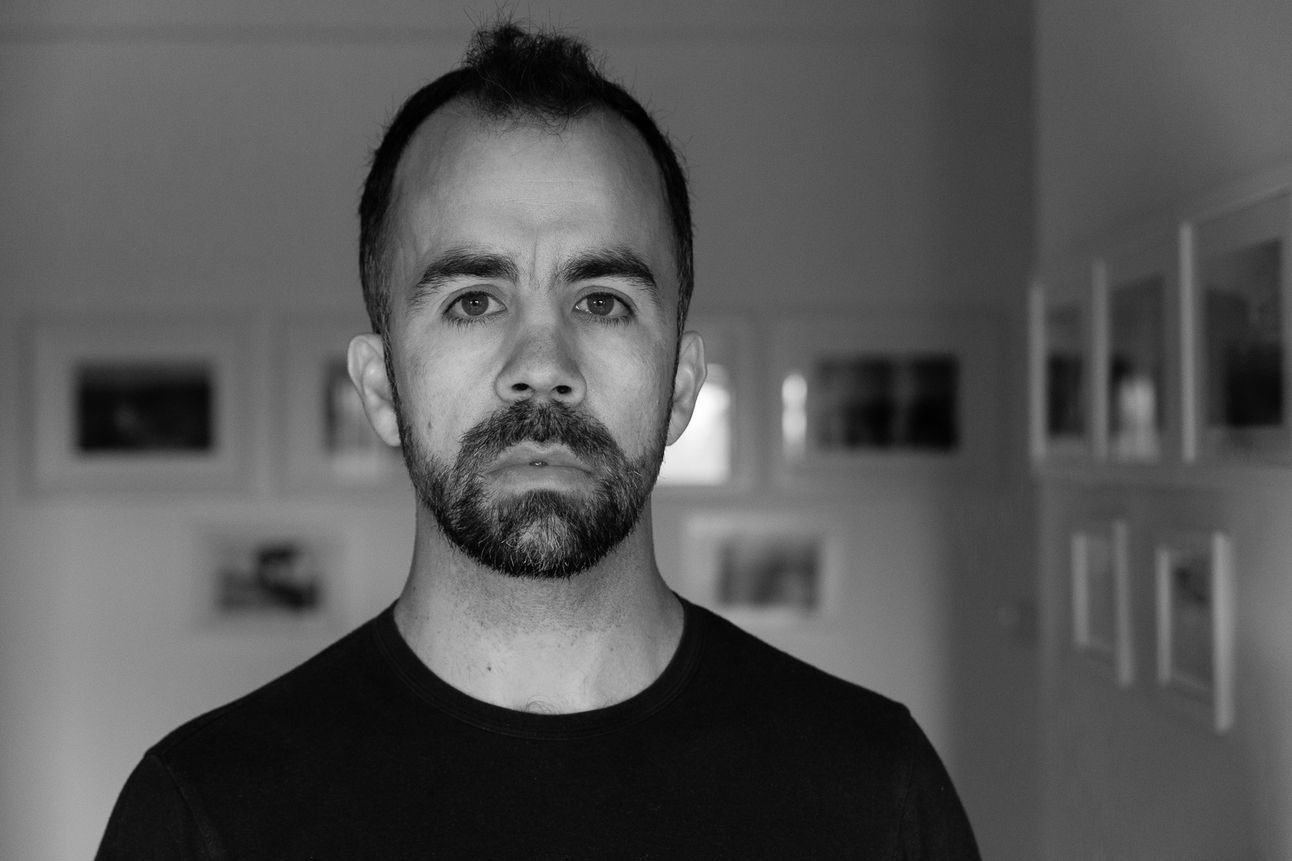
Each built on the last, fostering engagement. Visitors explored 10x15 prints, browsed my photo book collection, and discovered emerging works like Arcadia and Apocalypse. A dark room showcased photographs of burned landscapes. Wine flowed, conversations ignited. I’ve been crafting a public space around images and memory, including launching this very newsletter and curating eight in-depth interviews in Portuguese and English. For those who couldn’t attend Visita Guiada in person, the photobook is its core. It intertwines two narratives: descriptions of places I visited, punctuated by portraits of guides—my mother chief among them—like Cicerones in a guided visit. 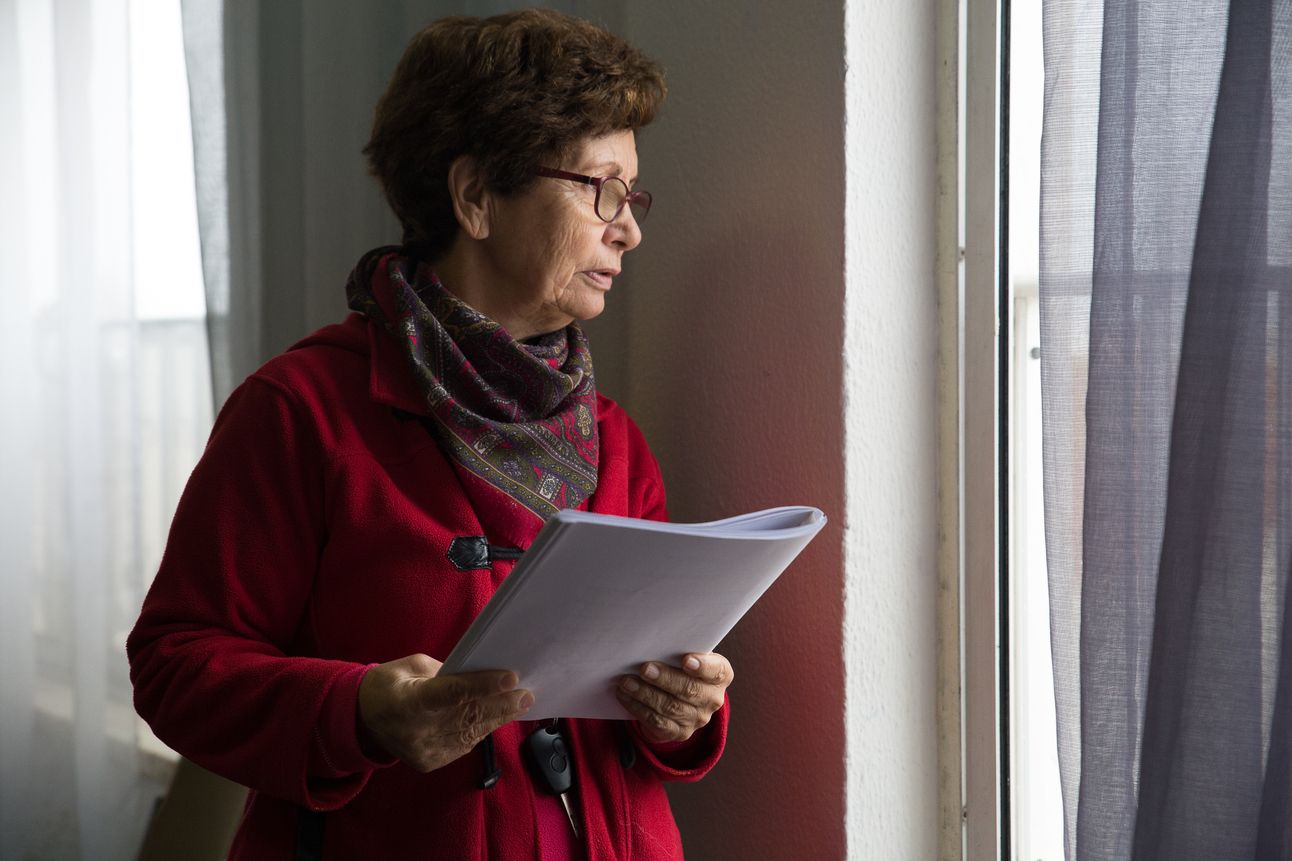 | Two sub-chapters stand out:
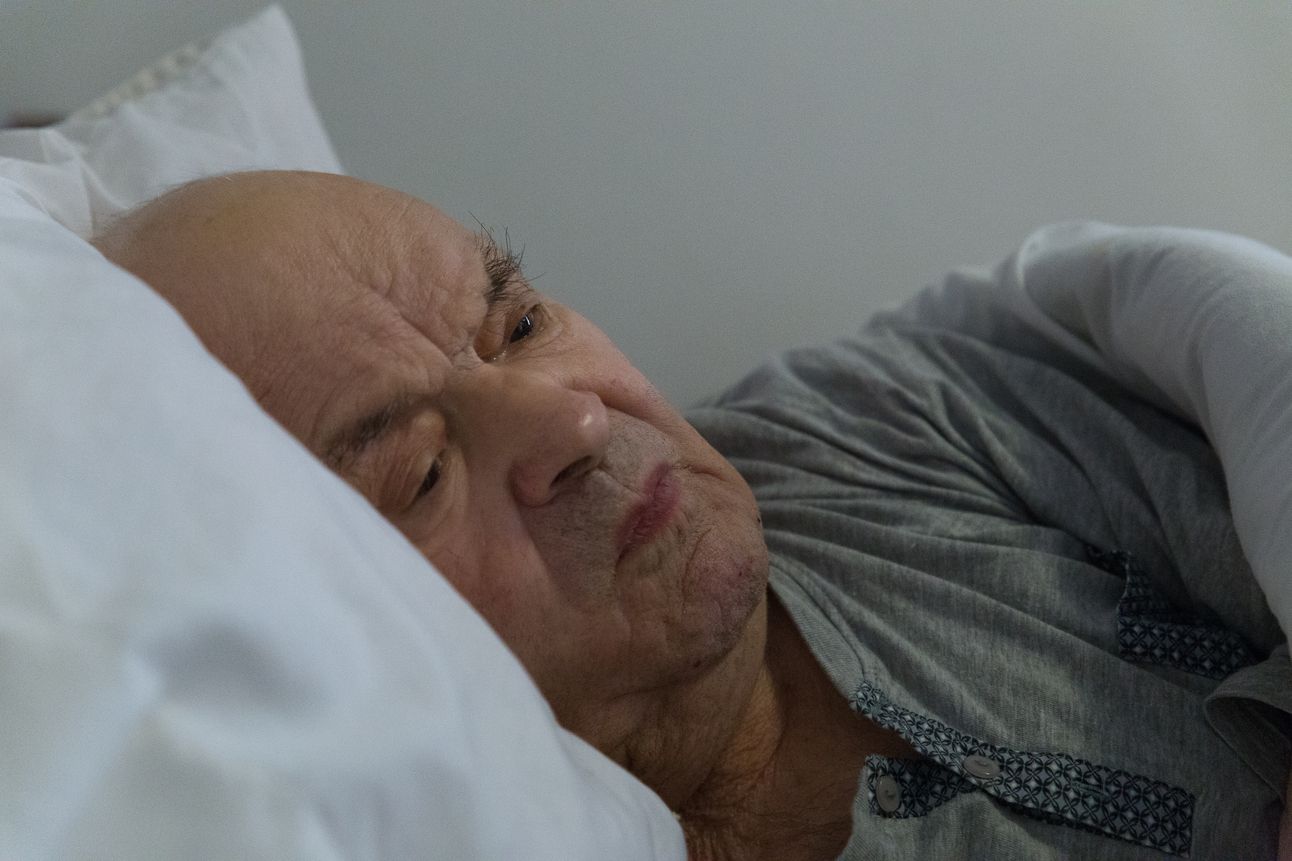 For the project’s conceptual roots, see issue two essay, which delves into parallels between memory and photography—a guiding philosophical thread. |
Discover Visita Guiada Through the Book
If you haven’t attended Visita Guiada in person, the photobook brings its essence to you. It blends landscapes and portraits with moments of quiet observation, guiding you through the project’s world. The book is available now through the link below—get your copy to explore the spaces and stories of Visita Guiada and linger in its depths.
Coming Next:
Arcadia
In the coming months, Galeria Local will open space for a new project: Arcadia.
Rooted in the ancient myth of a perfect balance between order and freedom, Arcadia reflects on the contradictions of urban gardens — where nature is framed, disciplined, and shaped by human intent, yet never fully contained.
Over six years, I wandered through Lisbon’s parks and gardens, observing how the natural and the artificial weave together. Through photography, I’ve traced gestures of harmony and rupture — where the city absorbs nature, reshapes it, and sometimes is reshaped by it.
Arcadia invites us to rethink what we see when we look at green space: not just landscape, but also the desires, exclusions, and frames that define it.
The first fragments will unfold here, in the coming weeks. Stay with us.
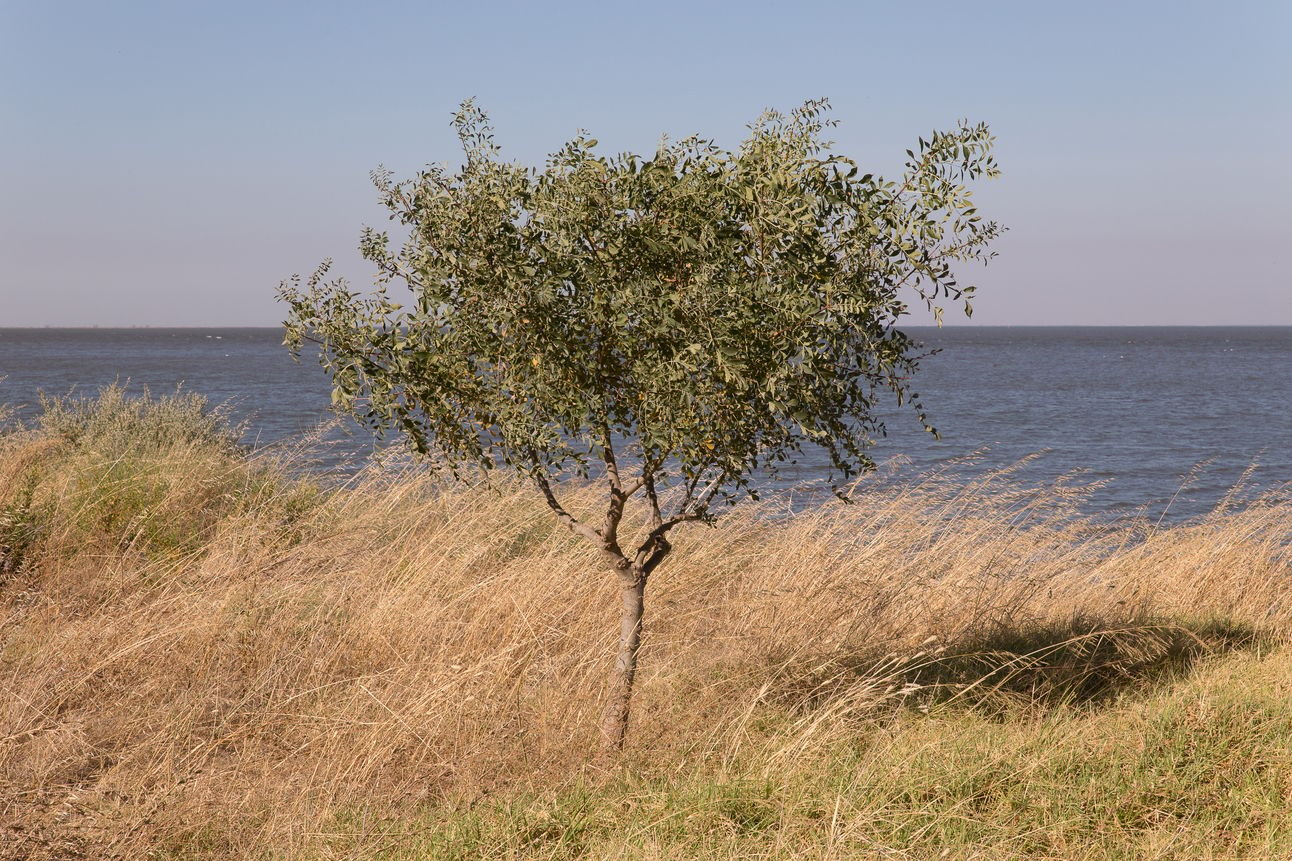
“The ordinary is a very under-exploited aspect of our lives because it is so familiar.”
Martin Parr
Until next time,
